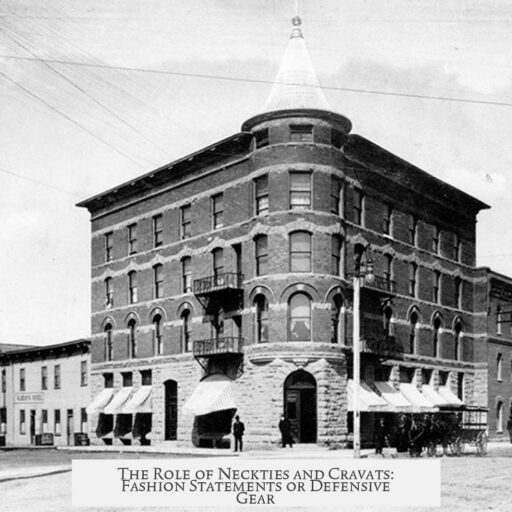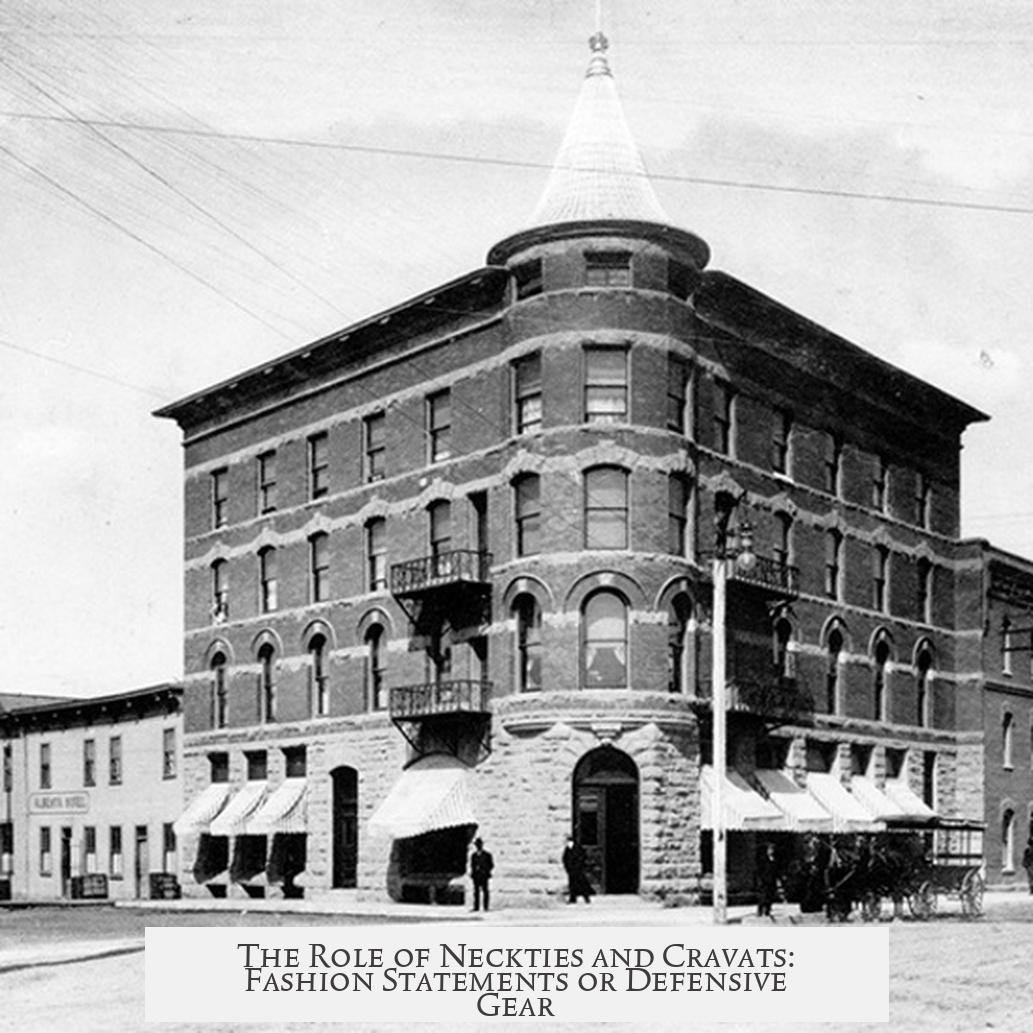Neckties and cravats did not have a defensive purpose. They originated mainly as fashion accessories and symbols of status or elegance. Though their styles evolved over centuries, their primary function remained ornamental rather than protective.

The cravat first appeared in the 17th century, worn by Croatian mercenaries serving in France. The Croatian soldiers tied scarves around their necks, which caught the attention of Parisians, who adopted the style. This accessory became a symbol of sophistication rather than defense.
The necktie, evolving from the cravat, gained popularity in the 19th century as part of formal men’s attire. It has no link to military defense or protection. Both the cravat and necktie function as neckwear to enhance appearance, signify social standing, or denote membership in clubs or organizations.
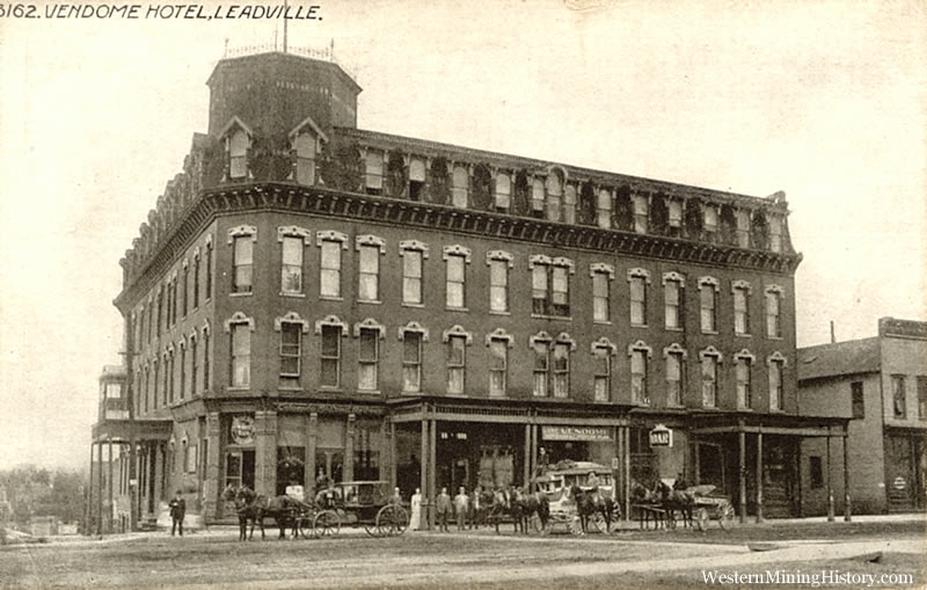
In historical combat or military contexts, neckwear never served as armor or protection. Soldiers wore scarves or neckerchiefs for comfort, warmth, or to prevent chafing from armor or collars, but these accessories had no defensive role against weapons.
| Neckwear | Origin | Main Purpose | Defensive Role |
|---|---|---|---|
| Cravat | 17th-century Croatia (military origin) | Fashion, status symbol | No |
| Necktie | 19th-century Europe (formal wear) | Ornamental, identity | No |
Some scarves or bandanas in various cultures served practical purposes, such as protection against dust or to absorb sweat, but these differ from formal neckties or cravats and are not defensive in a combative sense.

In summary, neckties and cravats are not designed or historically used for defense. Their roots lie in fashion and symbolism. Any connection to military origins relates to style adoption, not protective function.
- Cravats began as Croatian military scarves but were purely ornamental in French fashion.
- Neckties evolved as decorative, formal accessories without defensive intent.
- Neckwear worn by soldiers offered comfort, not damage protection.
- No historical evidence supports neckties or cravats as defensive gear.
Did Neckties or Cravats Have a Defensive Purpose?
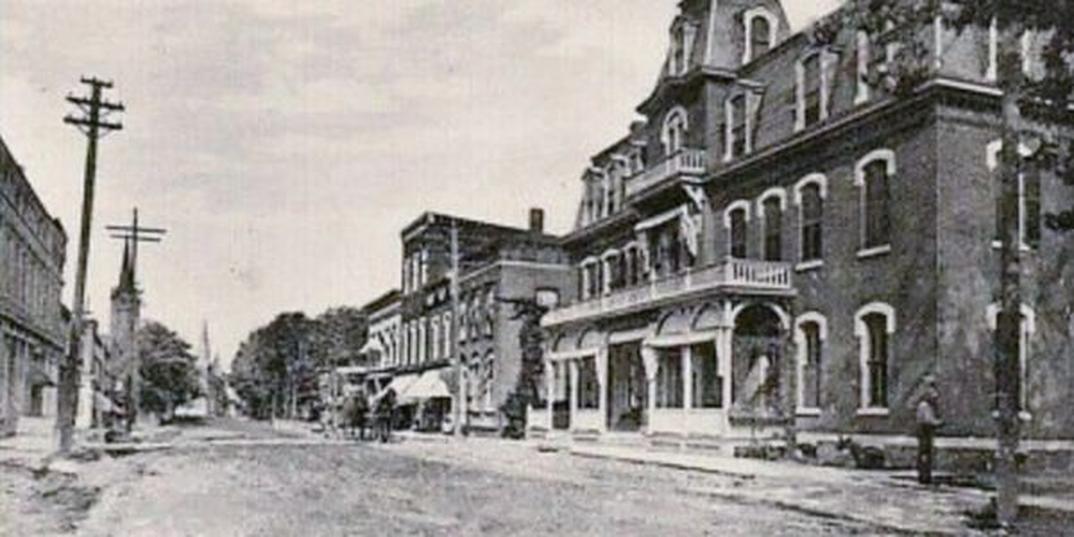
In short: neckties and cravats did not originally have a defensive purpose. Instead, these accessories started as purely decorative or symbolic items. However, their history is far from boring. It’s a fascinating story that involves soldiers, status symbols, and evolving fashion trends rather than battles and armor.
So, why do some people wonder if neckties or cravats were meant for defense? Let’s dive into the origins and separate fact from fiction.
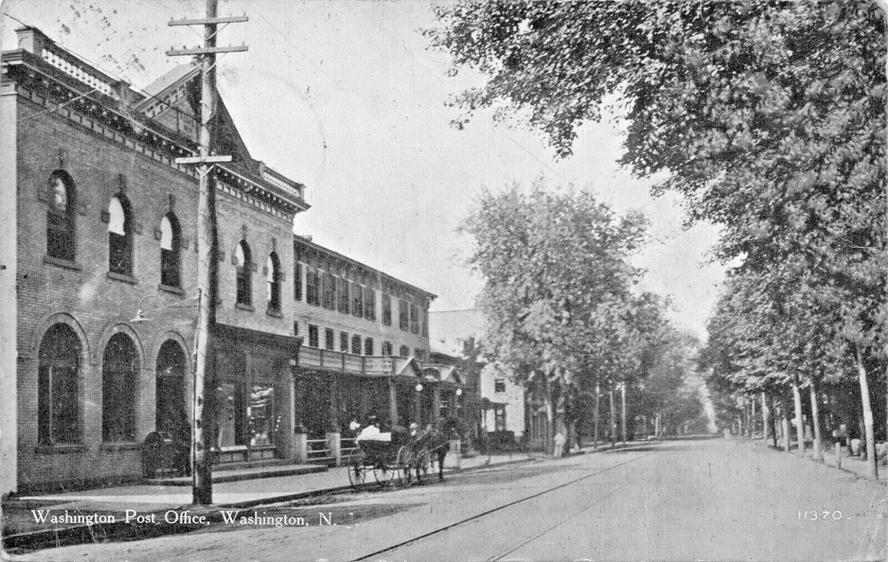
The Origins of the Cravat: More About Style Than Safety
The cravat is often seen as the ancestor of the modern necktie. Its history traces back to the 17th century, primarily linked to Croatian mercenaries serving in France during the Thirty Years’ War. These soldiers wore cloth bands around their necks. But instead of protection, these bands had a more practical and aesthetic function.
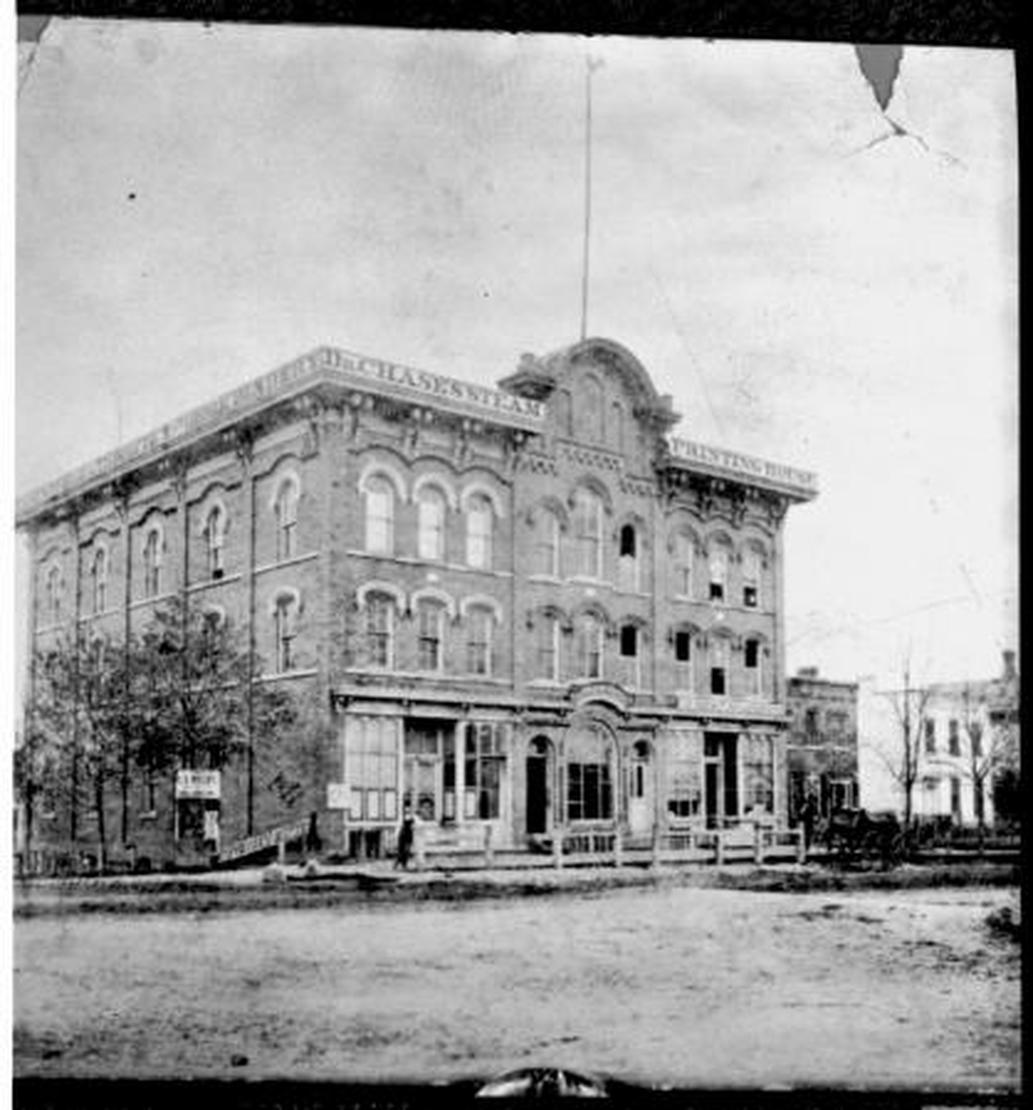
These neck cloths helped identify Croatian units and served as a kind of uniform badge. The Swedes and French officers noticed and adopted this stylish neckwear. From that adoption sprouted a new fashion trend in European courts.
Did these cloths protect the neck? Not really. They offered little or no physical defense against swords or musket fire. Their purpose was symbolic and ornamental, signaling rank and allegiance rather than providing armor.
Neckties: A Fashion Statement, Not a Shield
Jump to the 19th century, and the cravat evolves into the necktie as we know it today. Businessmen, politicians, and gentlemen began using neckties to announce professionalism and style.
Again, no solid proof suggests neckties served as any form of defense. They were—and still are—a fashion accessory used to complement formal attire. The idea that they shielded the throat or played a protective role doesn’t hold up when you consider fabric types and construction.
Why Might People Think Neckwear Was Defensive?
- Confusion with Armor: Some speculate that since armor often covered the neck area, perhaps neck cloths did, too. But armor was usually rigid, made from metal, designed to stop arrows or swords, not soft fabric.
- Symbolism in Military Ranks: Military uniforms have lots of symbolic elements. Neckwear often signaled position or unit. People sometimes misinterpret symbolic items as having operational functions, including defense.
- Misinterpretation of Comfort or Protection: It’s true soldiers wrapped their necks to avoid chafing from armor or uniform collars. This was about comfort, not protection from attacks.
So, the myth might grow from a kernel of truth—neck cloths were practical in comfort or identity but not designed to defend against weapons.
The Real Defensive Gear for the Neck: Gorgets
Have you heard of a “gorget”? This is a metal neck piece worn by soldiers and officers in medieval and early modern Europe. It served a defensive purpose — protecting the throat from sword cuts and arrows. But a gorget is quite different from a soft cravat or silky necktie.
Gorgets were firmly constructed and meant for combat. Neckties and cravats evolved along fashion lines, not warfare, so they can’t be confused with defensively purposed equipment.
So, What Practical Role Did Cravats Serve Then?
Besides aesthetics, cravats had some practical uses:
- Protecting the neck from cold weather.
- Reducing chafing from armor or stiff collars.
- Signaling rank, nationality, or loyalty in military contexts.
These reasons are comfort and identification, not defense against weapons.
Modern Neckwear: Feel Safe or Just Look Sharp?
Today, neckties are purely decorative in business and formal settings. They don’t provide warmth or physical protection. In fact, loosening a tie can help relax, but that’s about as close to “defensive” as it gets.
Wondering if your tie can act as a tourniquet or emergency bandage? There’s slapstick comedy for that, but realistically, it isn’t designed for medical use either.
To Tie It All Together
Neckwear tells a story rooted in identity and style, not protection or battle readiness.
Cravats originated with Croatian soldiers but were symbols, not shields. Neckties evolved as fashionable accessories and have no historical defensive purpose. Confusion arises because soldiers wrapped necks for comfort, and because of the symbolic role neckwear plays in uniforms.
For those curious about accessories with actual defensive roles—look to gorgets or even padded collars under armor, not refined neckties or silk cravats.
Curious About More Historical Fashion Myths?
Historical fashion combines culture, symbolism, and practicality, which can easily be misunderstood. If you want to explore more, ask yourself: what accessories balanced form and function most effectively? And which ones turned fashion on its head?
Neckties remain a neat example of how something might look tough but is just here to make a statement—**and maybe hold a loose knot of mystery** about their past.
